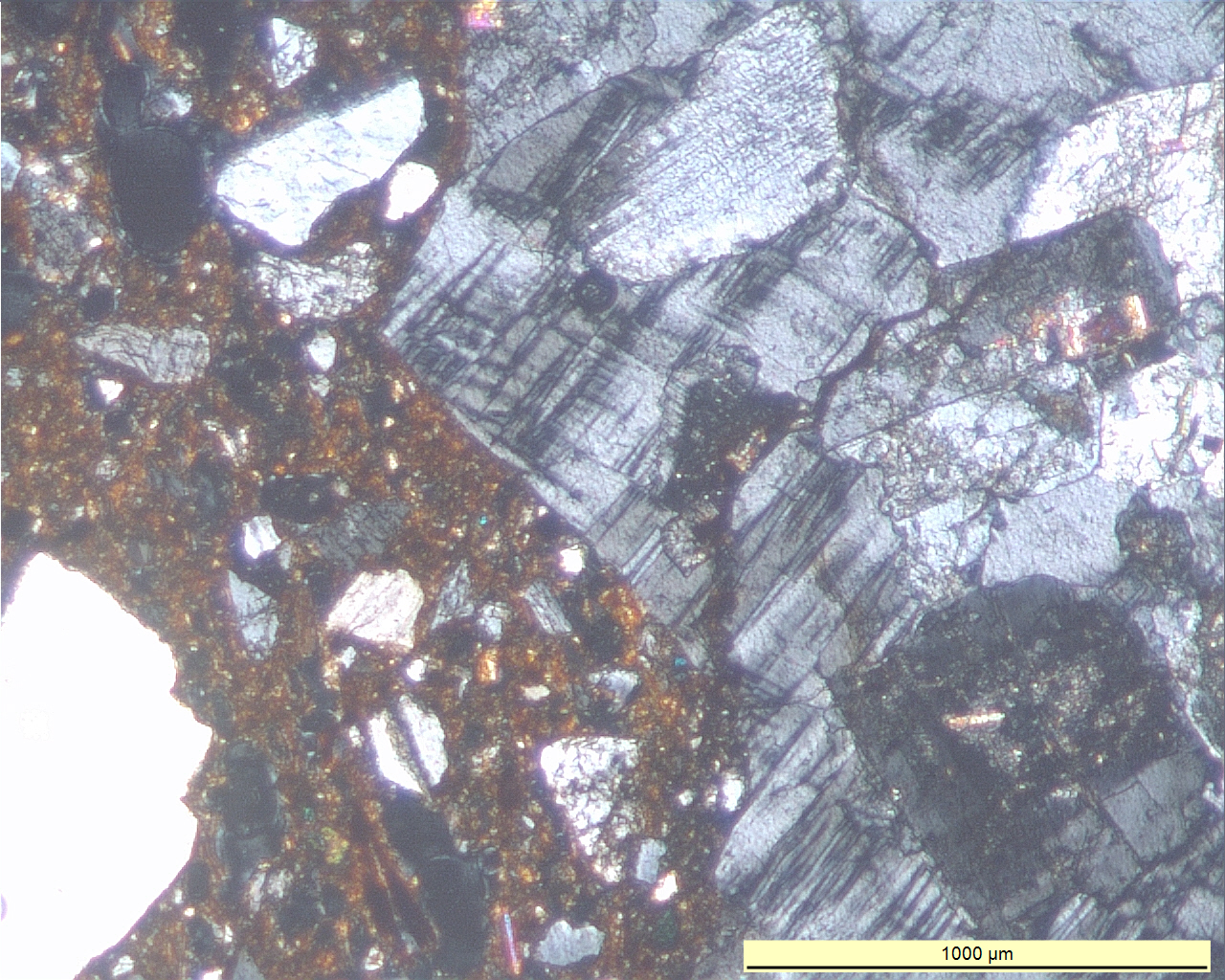
From very early on, Chalkidiki was an important choice of location for the settlement of new populations. As early as the end of the 2nd millennium (12th-11th century) BC, the period in which the First colonization took place, both historical references and archaeological finds constitute the first settlement of populations from Euboea as highly likely. The Second colonization is associated with an increase in colonization, during the 8th and 7th centuries BC. The establishment of new cities and the movement of populations concerned mainly, but not exclusively, the coasts of Chalkidiki. A large number of cities were founded by Euboeans from Chalcis and Eretria from mid 8th to late 7th century BC, such as Mende, Dikaia, Galepsus, and Torone. In the middle of the 7th century BC, Andros founded the cities of Stagira, Akanthos, and Sane (Acte), and at the end of the 7th century, Corinth founded Potidaea. Apart from the colonists from the south, the Bottiaeans, a Greek people whose homeland was Bottiaea (the plain of Central Macedonia between the Loudias, Axios, and Aliakmonas rivers), founded new cities after having been expelled by Perdiccas I, king of Macedonia, such as Olynthus, at the beginning of the 7th century BC.
The comprehensive study of the excavated material culture contributes to the characterization of the local production of the colonies and the degree and type of their dependence on the metropolises. The creation of local traditions regarding the production of objects of all kinds and the development of local workshops with distinct characteristics from those of the metropolises constitute a major issue in contemporary archaeological research. In the case of Chalkidiki, the identification of local pottery workshops and the characterization of locally produced pottery are subject to great discussion with the scientific community, as a great number of workshops and ceramic kilns have come to light over the past decades.
This repository presents the analysis results on selected ceramic assemblages that the numerous excavations of the Ephorate of Antiquities of Chalkidiki and Mount Athos have revealed, aiming to examine the local pottery production in Chalkidiki during antiquity. The study focuses on Akanthos, whose workshop is not only known to us for the ceramic products that were found in abundance in the extensive cemetery of the ancient city and date back to the Iron Age, but also for the ceramic kilns that were excavated which date back to the Classical period (4th century BC). Recent finds from a Hellenistic ceramic kiln at Fourka Beach, which was part of a workshop for the production of commercial Mendean amphorae (Parmeniskos group), are also analyzed, the excavation of which is in progress. Another area of research interest is the investigation of local pottery production during the Iron Age, at the end of which the Second colonization took place. The study focuses on ceramic finds from the cemetery at Agios Ioannis in Nikiti, Sithonia (approximately 900 excavated graves, excavation is in progress), a site which is most likely identified with Galepsus, a Euboean colony as referred to in written sources, and which seems to have covered a time span from the Iron Age to the late Classical period. Furthermore, ceramic assemblages from two important sites in Sithonia which date back to the Iron Age are analyzed: a) assemblages from the cemetery at Koukos, in Sykia, and b) from the settlement at Lagomandra, in Nikiti.
Analysis was carried out by Dr. Areti Pentedeka at the Department of Stone of the Directorate of Research and Technical Support for Restoration Studies and Projects. It was implemented under the Project of the Ephorate of Antiquities of Chalkidiki and Mount Athos entitled “Population movements and material culture: digital mapping of Chalkidiki from Prehistory to Historical Times”, which was financed by the Operational Program “Competitiveness, Entrepreneurship, Innovation – EPAnEK (2014-2020)” with MIS code 5076629.
Address: Konstantinoupoleos 5,
631 00 Polygyros Halkidiki
Phone: +30 23710 22060
Fax: +30 2310 251892
Mount Athos Technical Office
Address: 7 Hippodrome Square, Thessaloniki
Phone: +30 2310 285163
Fax: +30 2310 251892
E-mail: [email protected]
